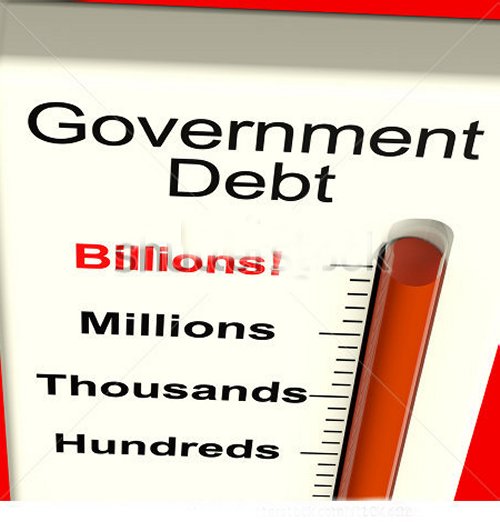Experts Warn That Public Debt Must Be Reigned In
The Ministry of Finance has to maintain careful management of the government’s external debt so that the stability of the state budget and the national economy as a whole is ensured despite the debt level being considered as moderate.
The ministry’s Budget Department Director General Dr Bounleua Sinxayvoravong made the warning when introducing the structure of public debt in Laos at the National Assembly inter-session held in Vientiane this week.
“The ministry needs to continue the careful management of debt by any means in order for the total debt to Gross Domestic Product to fall because the country’s debt remains at what could be considered an unsafe level,” he said.
At the end of 2012, the government’s external debt was US$4.2 billion which was in net present value around 32 percent of the country’s GDP volume.
This was still within the manageable ceiling determined for medium level developing countries, which should not have external debt higher than 40 percent of GDP, according to various financial experts.
Dr Bounleua said the government has allocated the budget for debt disbursement at around 10 percent of internal income, which is lower than the ceiling given that the budget should not be higher than 20 percent.
However, the amount of external debt mentioned does not take into account the debt related to the release of government bonds which is around 6 trillion kip (US$745 million).
Dr Bounleua said Laos has faced debt burdens in the past but most of the loans provided to the country for debt disbursement were given via soft loans with long repayment periods.
However, he noted that as the general situation of the country’s debt and economy has improved in recent years, the international community has considered providing loans to the country at commercial rates, which is expected to begin in the next three years.
Despite the fact external debt is manageable, the government is facing pressure from the debts it is due to pay for project development, including the number of the projects it has implemented without the approval of National Assem bly.
This comes amidst the revenue short fall which has grown in recent years and is expected to continue again in the 2013-14 fiscal year.
Dr Bounleua reminded the audience of the economic crisis in Mexico in the 1980s, which was largely due to the value of loans the country took out being greater than its ability to repay them.
He said the economy may be manageable in normal situations but the consequences can be bad in the event of a crisis. For example, in 1998, the country’s currency crashed against the American dollar, falling from 700 kip to 10,000 kip per dollar.
Even with a relatively stable economy, Laos is still vulnerable to price fluctuations in gold or copper on world markets as it mainly relies on revenue from mining.
He warned that the government has to do something regarding debt in relation to GDP as the current level is regarded as unsafe.
The government has to create a mechanism of building international trust in the country if it intends to continue sourcing external funding and be able to access international monetary markets, Dr Bounleua said.
Source: Vientiane Times

